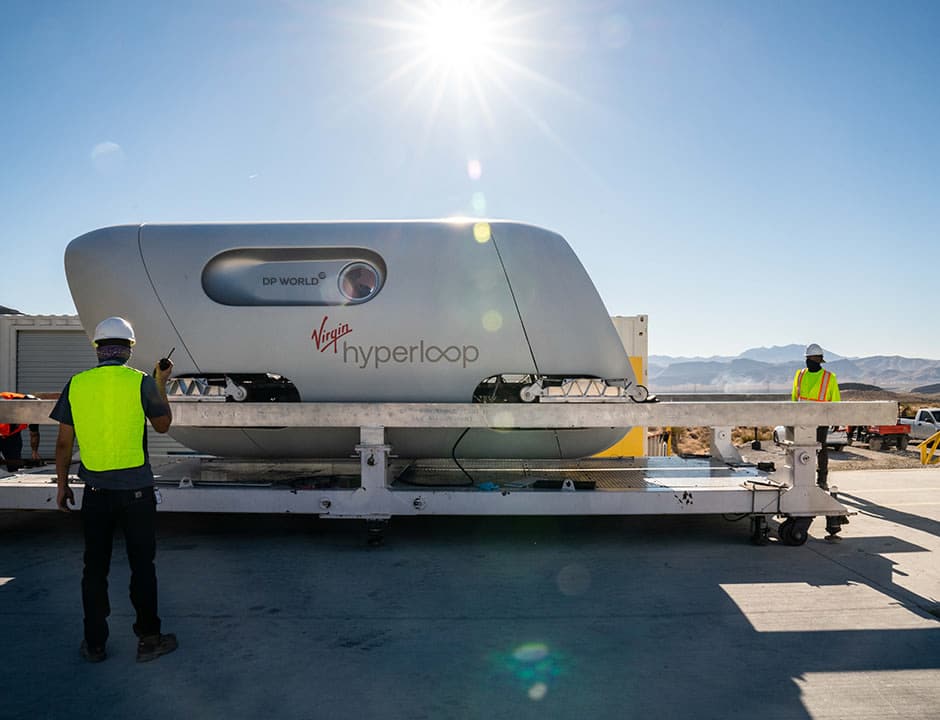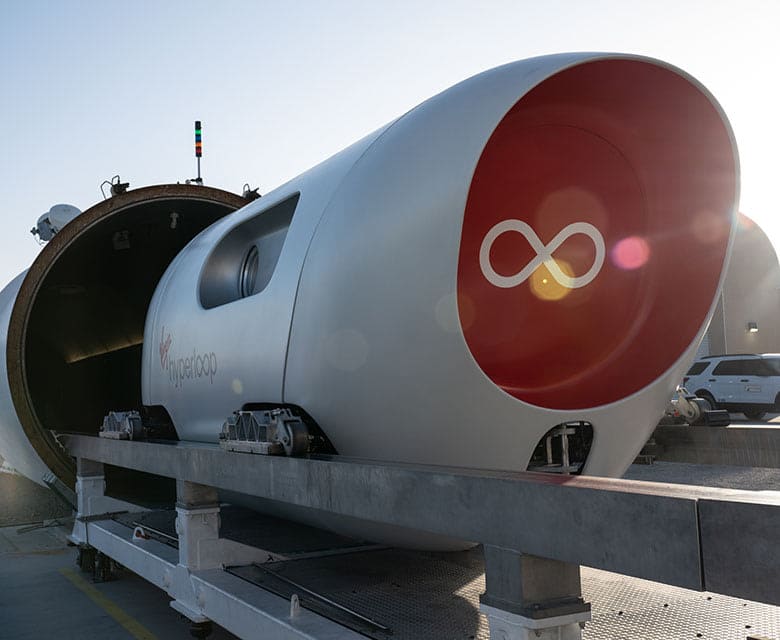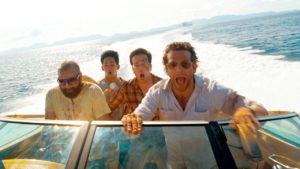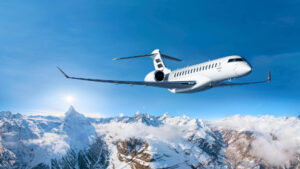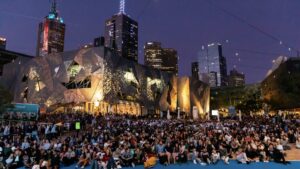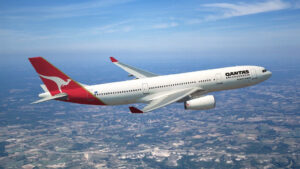Sir Richard Branson‘s Virgin Hyperloop – a high-speed transportation system which uses electromagnetic levitation and vacuum tubes – has successfully completed the world’s first passenger ride, signalling an extremely promising future for the coming transportation revolution (for both humans and cargo).
Tested at the company’s DevLoop test site just outside of Las Vegas, Nevada, Virgin Hyperloop Co-Founder/CTO Josh Giegel and Director of Passenger Experience Sara Lucian strapped in for the moment of truth – achieving an impressive top speed of 172 km/h. In a mere 15 seconds, Giegel and Lucian managed to travel 500 metres.
Of course, this is by no means the final result. The current goal is for the Hyperloop to routinely commute with 28-person pods at speeds of approximately 1,000 km/h all over the world. For reference, that’s a touch faster than the Boeing 747-8; only without the greenhouse emissions, noise pollution, while somehow remaining both affordable and “as safe as riding an elevator”. If you didn’t know any better, you’d be inclined to rename this the Virgin Pipe Dream.
“Even before we actually started moving it was all a bit surreal,” says Giegel.
“For me, it was just such a thrill—an exhilarating feeling,” says Lucian.
“From a physical perspective, it was actually a lot smoother even than I was expecting.”
Prior to its inaugural crewed endeavour, the Virgin Hyperloop had undergone over 400 tests without passengers at the DevLoop site in Nevada. Currently, Virgin is in the process of obtaining full safety certification by 2025, with a tentative launch date of 2030 for commercial operations.
Find out more below.


